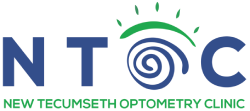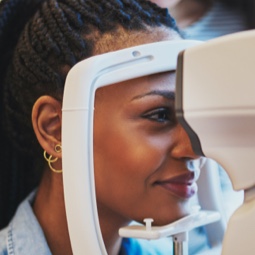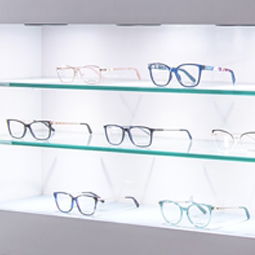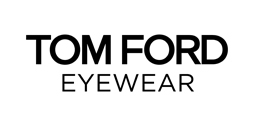What to Expect During Your Eye Exam
Diagnostic Testing
Before the eye exam, we complete a few diagnostic tests:
- Digital Retinal Imaging: Using an advanced camera, we take detailed images of your retina, optic disc, and retinal blood vessels. Changes to these parts of the eye may indicate eye diseases like diabetic eye disease (or even diabetes), age-related macular degeneration (AMD), or glaucoma.
- Cirrus HD-OCT: This advanced imaging technology creates a digital cross-section of your retina and optic nerve, allowing us to see even the smallest signs of glaucoma, AMD, retinal detachment, or diabetic retinopathy.
- Autorefractor Keratometer: Using an autorefractor, we measure the curvature of your eye. We require these measurements to find the optimal prescription lenses or fit you with your ideal contact lenses.
- Non-Contact Tonometer: Also known as the “air puff” test, a non-contact tonometer is a tool used to test for signs of glaucoma by measuring your intraocular pressure.
Exam Procedures
Once the initial diagnostics have been completed, our optometrist performs several tests to assess your ocular health:
- Visual Examination: An overview of your ocular health and discussion of your vision concerns and conditions.
- Digital Retina Scan: A review of the digital retinal camera images for ocular disease signs and overall health concerns.
- Peripheral Vision Test: To determine the health of the connection between your optic nerve and brain.
- Nerve Fibre Layer Analysis: New technology that can reveal glaucoma 10 years earlier than previous methods.
- Visual Clarity Tests: To determine your precise prescription for optimal vision.















